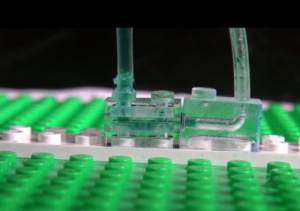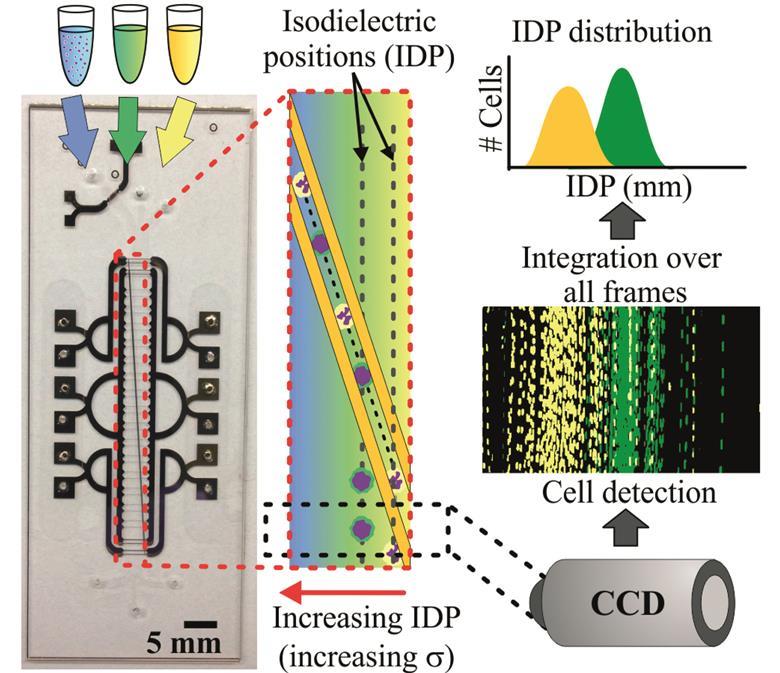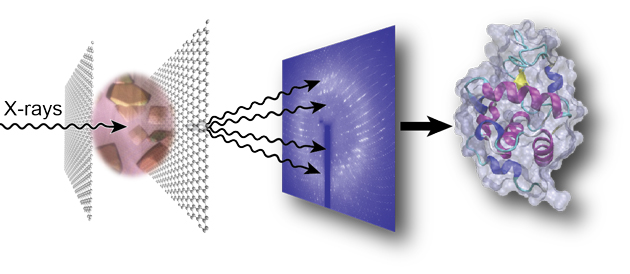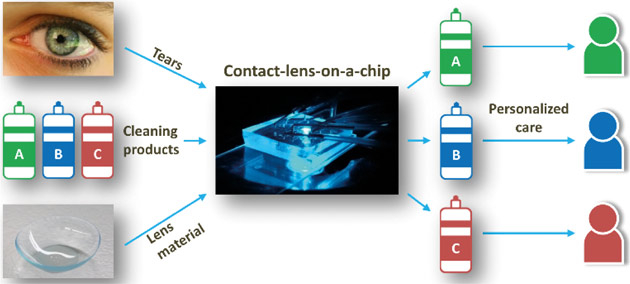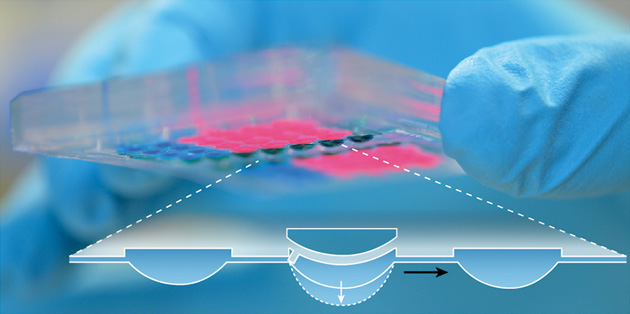Written for Chemistry World
Scientists in the US have discovered that Lego bricks can be an effective way of constructing modular microfluidic systems.
Crystal Owens and John Hart from the Massachusetts Institute of Technology used a desktop micromilling machine to drill channels as small as 150μm wide into the Lego bricks. Each brick was designed to perform one or more functions such as mixing, droplet generation, sorting and sensing.
“Making the system modular is a natural choice, because a system can be built piece-by-piece without knowing the final design, and easily changed,” says Owens.
Read the full article and watch the video clip in Chemistry World.


